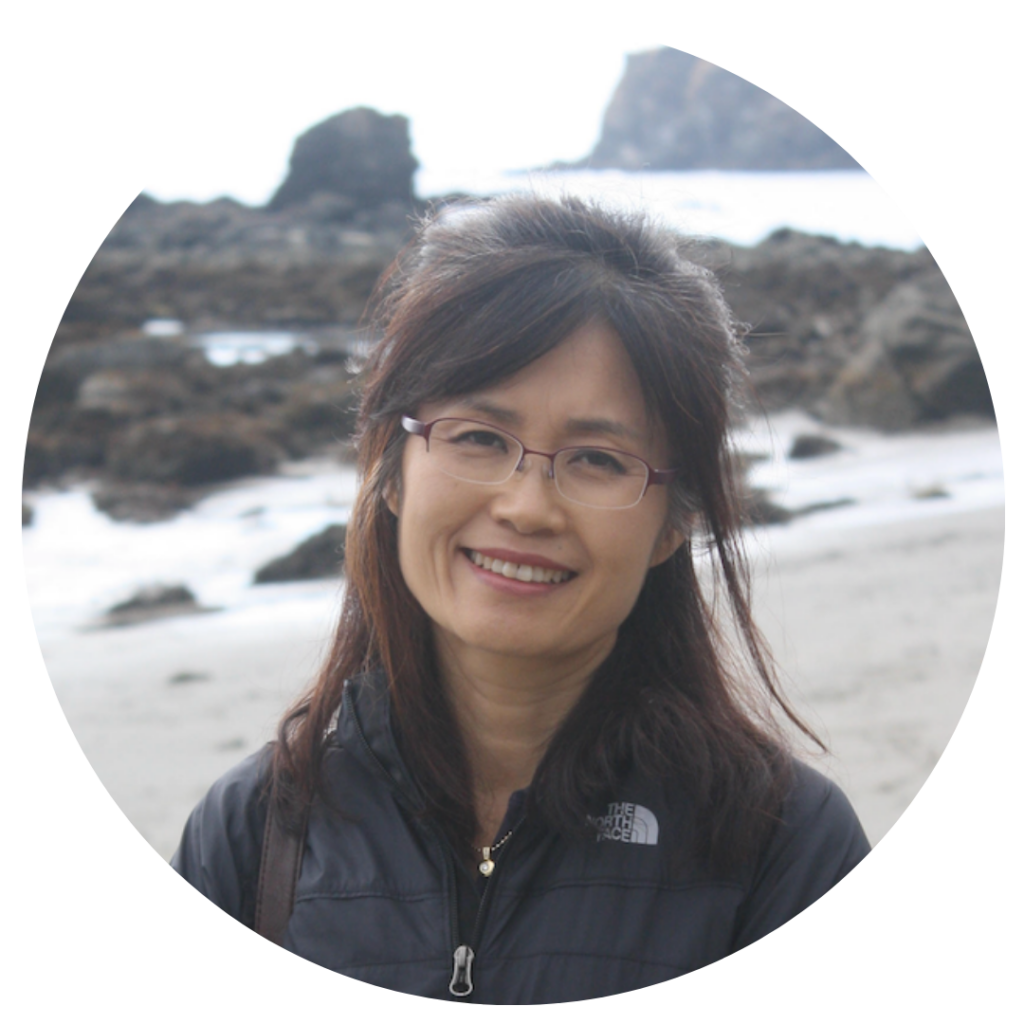Social and Emotional Learning in Holistic Education
How does Social and Emotional Learning as a component of Holistic Education benefit me as a professional educator?

Holistic education is concerned with connections in human experience – connections between mind and body, between linear thinking and intuitive ways of knowing, between individual and community, and between the personal self and the transpersonal self. – Dr. Jack Miller
Social Emotional Learning (SEL) involves developing the knowledge, skills and attitudes needed to manage emotions, establish and maintain supportive relationships, and make responsible and caring decisions. Decades of research in psychology and neuroscience demonstrate that these skills are not only crucial for personal well-being but also play a significant role in academic and career success. Beyond its many benefits for students, SEL also improves teachers’ ability to manage classrooms and build positive relationships with students while reducing their experience of burnout and job-related anxiety. As of 2024, the Oregon Department of Education requires that all schools implement SEL and all universities offering educator preparation programs ensure that all new teachers and administrators have the skills to do so. – Dr. John King


Social-emotional learning shines light on the whole child, honoring the fullness of their being, and respecting human dignity and integrity. Caregivers honor children as unique and dynamic humans, recognizing their greatness, nurturing their sense of self through the developing feelings of innocence, wonder, curiosity, and imagination. At its core, social-emotional learning is about fostering the whole being – their mind, body, soul, and spirit – attentive to nourishing our children in becoming their best selves; loving, caring, kind, compassionate, creative, curious, joyful, empathetic, generous, respectful, and courageous humans. By nurturing self-awareness, presence, compassion, and empathy for others, teachers inspire young minds to care for humanity, animals, plants, and the earth. – Dr. Younghee Kim
